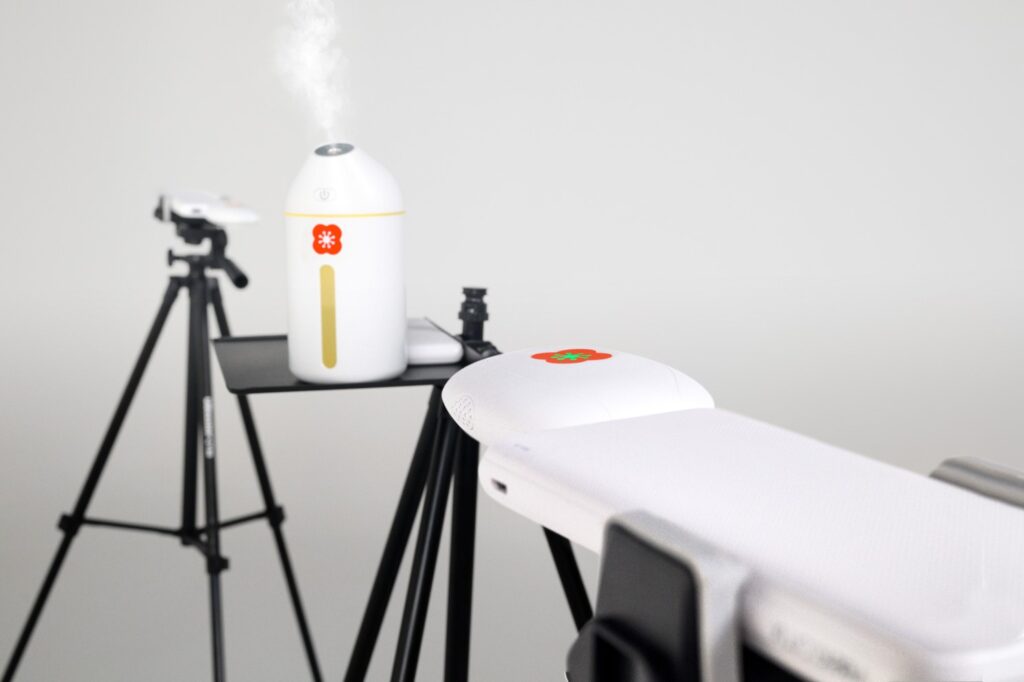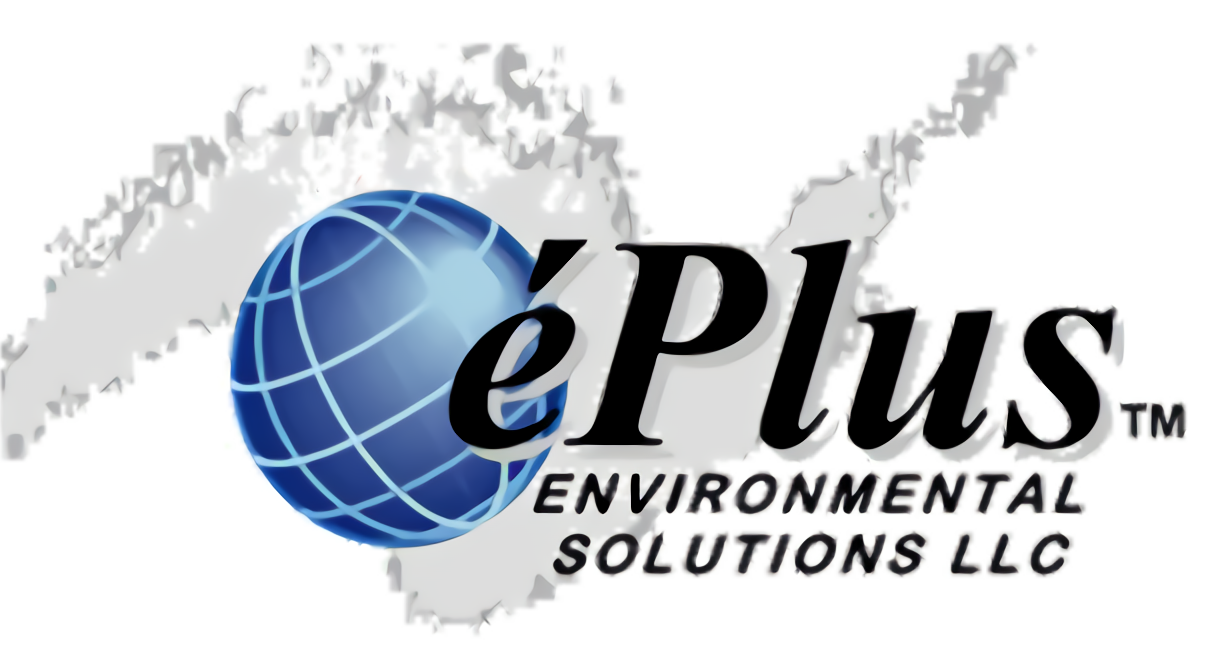 Frequently Asked Questions
Frequently Asked Questions

1. What is the Poppy testing protocol?
Tests are conducted by an accredited professional using professional grade Poppy Sensors, Poppy Nebulizers, and Poppy tracer particle solution. All materials were set up in the most occupied and central location within each zone. The HVAC system was running under normal conditions and tests are typically conducted during normal working hours with some occupants present.
2. What is eACH?
Effective air changes per hour (eACH) is the rate at which a room effectively swaps existing air for clean, pathogen-free air. It takes into account the contribution of all sources of purification, filtration and dilution (natural ventilation) within a space, and it’s measured in the breathing zone, not at the ceiling or floor.
3. What are industry eACH targets?
Depending on the type of building and its use your typical ventilation requirements can be very different. Below is a table of the target eACH for different building types as recommended by the CDC.
Building Type | Target eACH | Time (min) for removal of 99% of air
- Any Occupied Indoor Space | 5+ eACH | 55 minutes
- Food Preparation Center | 10+ eACH | 28 minutes
- Operating Room | 15+ eACH | 18 minutes
4. What is ECAi and VECAi?
Equivalent Clean Airflow is the per-person airflow rate of clean, pathogen-free air required to create low infection risk spaces.
The total target clean airflow rate (VECAi) is calculated based on:
- the type of space, (e.g. gym, office, warehouse)
- the volume of the space
- the target occupancy
- the effective air change rate (eACH)
The rates are measured in cubic feet per minute (cfm), or liters per second (L/s).
ASHRAE Standard 241-2023 serves as a comprehensive guideline, specifying the minimum Equivalent Clean Airflow required for a range of indoor space types, contingent upon their designated purpose and usage. These values are carefully determined to optimize indoor air quality, ensuring safer and healthier environments for occupants by minimizing the risk of airborne transmission of infections.
To pass ASHRAE Standard 241-2023, a minimum of 20 to 90 cubic feet per minute (cfm) of clean airflow per person is required, depending on the type of space, e.g., office vs. home vs. medical waiting room.
5. How are ECAi, VEACi and Occupancy related?
Each person in a room requires a minimum equivalent clean airflow rate (ECAi), for example, 30 cubic feet of air per minute (cfm).
A meeting room intended for 10 people has a total requirement (VECAi) of 300 cfm (30 cfm/person *10 people). If occupancy of the meeting room is limited to 5 people, then half the amount of equivalent clean airflow is required.
6. What is captured in Poppy results?
Tracer particle testing, as outlined in ASHRAE Standard 241-2023, measures contributions in the breathing zone from all ways that remove particles from the air including:
- Mechanical ventilation
- Filtration
- Deposition
- HVAC and Portable Purifiers
- Passive (natural) ventilation, e.g., doors, windows
Note: The contributions of pathogen inactivation technologies (that do not remove particles) such as UVC is calculated based on the manufacturer’s reported CADR/cfm.
7. Where is the Breathing Zone and why is it important?
Traditionally HVAC measurements are made at the vent, often in the ceiling—and assumptions are made that those measurements apply to the whole room; that is, that the room’s air is perfectly mixed with no stagnant areas.
Poppy test measurements are typically taken at 40 to 50 inches above the floor, and often at multiple locations within a room.
The Breathing Zone is defined by ANSI/ASHRAE Standard 62.2 as: 3 to 72 inches above the floor and more than 2 feet from walls or fixed air conditioning equipment.
8. Where can I learn more about wildfire smoke?
Several government agencies have useful information summarizing wildfire smoke and health impacts, as well as issuing alerts for outdoor air. Poppy tests include results on how long it would take for 99.9% of wildfire smoke in a space to be cleared from the air under the settings at the time the test was taken (in minutes).
In addition, Poppy Monitors from Poppy can be installed for 24/7 wildfire smoke infiltration monitoring and alerts/notification to building management teams of indoor air wildfire smoke events, along with cigarette smoking and vaping.
Learn more at:
US: https://www.epa.gov/wildfire-smoke-course/why-wildfire-smoke-health-concern
Outdoor Air Quality Advisories
Canada: https://weather.gc.ca/mainmenu/airquality_menu_e.html
9. Why is measuring ventilation and eACH important? (safety, cost savings, energy use)
You can’t improve what you don’t measure. Experts agree that respiratory-based viruses like COVID-19, Flu, and RSV are contracted through breathing in viral particles and recommend higher effective air changes to reduce airborne infection risk. ASHRAE Standard 241-2023 provides a new groundbreaking standard for ventilation within buildings during times of high respiratory pathogen (COVID-19 waves or flu season). Poppy provides the most direct and accurate way to measure the contribution of all investments in air safety and provide insights on how infection-resilient a space is.
Measuring eACH can also be an effective tool for reducing energy use in areas of potential “over-ventilation”. Over-ventilated areas can result in higher energy costs through the heating and cooling of outdoor air, operating the HVAC system, and unnecessary wear and tear on HVAC systems. By measuring eACH, HVAC and facilities professionals can assess the amount of ventilation required to maintain low respiratory infection risk, while minimizing energy consumption and associated costs.
Measuring ECAi (clean air flow rate per person) helps buildings assess their current respiratory pathogen risk levels and adjust their HVAC systems accordingly. Areas that are low occupancy will need less fresh air then those that are typically highly occupied.
10. When should I use Poppy tracer technology?
Poppy’s tracer technology can be used in any indoor location where you want to measure the level of ventilation and current performance of the HVAC system. Further, you can test the current risk of indoor space with respect to respiratory pathogens and its adherence to the ASHRAE Standard 241-2023 via Appendix C.
These scores provide insights on the safety of spaces, the tools to improve if needed and ability to schedule additional tests.
By observing eACH and ECAi changes over time, Poppy’s tracer technology helps ensure that spaces are continually providing healthy indoor air for occupants and reducing the potential for spread of respiratory infection while operating their building sustainability.
With Poppy Professional Scans, Poppy’s tracer technology is also used to map airflow patterns within and between rooms and floors, within a 3D model of the building.
11. How do I change the building's air change rate and clean air rate?
Equivalent clean air can be achieved through mechanical or natural/passive ventilation. Natural ventilation relies on openings like windows, doors, or vents to allow outdoor air to enter and circulate through the building. Mechanical ventilation, on the other hand, uses fans, ducts, and air handling units to distribute and control the flow of outdoor air. Mechanical ventilation provides clean air in two ways: 1) through dilution, typically the bringing in outdoor air, and 2) through the filtration or purification of recirculated indoor air. With the proper filters and technology, both of these methods can remove respiratory pathogens from the air within a space.
By measuring and understanding equivalent clean air, indoor spaces can minimize the buildup of pollutants, remove odors, control humidity levels, and maintain an overall healthier indoor environment. This is especially important in buildings where the windows cannot be opened or in areas with poor outdoor air quality due to factors like pollution, allergens, or extreme weather conditions.
12. What are some examples of ways to reduce risk from airborne infections in an indoor space?
There are many types of improvements that can be made once you know how your current space is performing:
- Ventilation (Dilution): Bring in more fresh air to increase the outdoor air percentage (OA%) and improve aerosol clearance.
- Filtration: Add portable HEPA purifiers in zones with poor clearance, upgrade to MERV-13 filters, or if MERV-13 or better filters are in place increase re-circulation rates.
- Purification: Air purification includes a set of newer technologies largely focused on inactivating vs. removing particles, e.g. UVC, some of which are still under study, e.g. electrostatic fogging.
- Space Use & Containment: Reduce occupancy levels or change how a space is used (from high risk activities to low risk activities).
